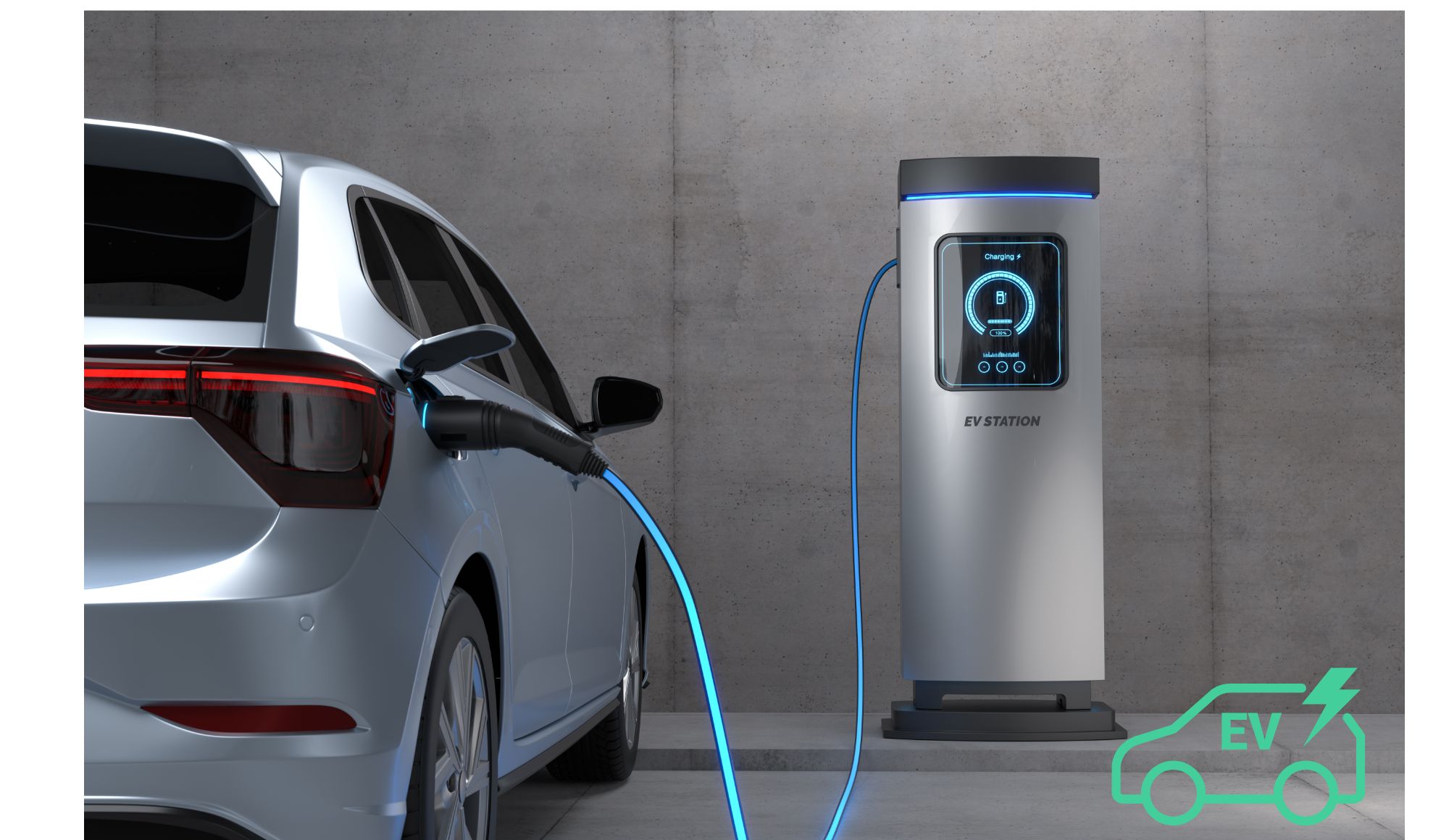Forget Tesla, This EV Stock Just Got a Billion-Dollar Lifeline
If you’ve spent any time watching the electric vehicle space, chances are you’ve already dug into Tesla. But as Tesla enters its next phase of maturity, investors with an eye for disruption might want to turn their attention to a different name, one that’s flying under the radar but could be setting up for a breakout.
That company is Rivian Automotive (NASDAQ: RIVN) and if you’ve got $500 to put to work, this might be one of the most asymmetric risk/reward plays in the entire EV sector.
Key Points
-
By targeting trucks and SUVs, Rivian avoids Tesla’s early sprawl and carves out a high-demand, high-margin niche.
-
Amazon kept production alive during setbacks.
-
With almost 70,000 preorders, the $45K R2 SUV could mark Rivian’s move into mass-market territory.
Rivian Isn’t Chasing Tesla, It’s Adapting Its Playbook
Rivian isn’t trying to out-do Tesla. Instead of stretching itself thin across sedans, trucks, and sports cars, Rivian has zeroed in on two high-demand vehicle types: trucks and SUVs. And not just any, premium, off-road-capable, adventure-branded electric vehicles that appeal to an affluent outdoor-loving crowd.
This focus isn’t just branding fluff, it’s strategic. Full-size pickups remain the best-selling vehicles in the U.S. year after year, and legacy automakers are still struggling to electrify that market convincingly.
Ford’s F-150 Lightning and GM’s Silverado EV may be late to the party, but Rivian is already well inside.
The Amazon Backstop Most Investors Forget
Most investors know Rivian makes the R1T truck and R1S SUV. But many forget one of the biggest reasons the company didn’t go under during its bumpy production ramp: Amazon. Back in 2019, Amazon agreed to buy 100,000 electric delivery vans from Rivian, providing both a steady stream of orders and a massive vote of confidence.
Here’s the twist: When Rivian ran into production hiccups after upgrading its factory in 2024, it pivoted manufacturing from slow-moving consumer orders to Amazon’s fleet. That flexibility allowed Rivian to avoid the kind of inventory pile-up that has crushed other EV startups. In other words, the Amazon deal wasn’t just a nice revenue line, it was a strategic shock absorber.
Rivian’s Tesla Moment, Enter the R2
Here’s where things get interesting. In early 2025, Rivian made a quiet but critical shift, it’s no longer just an expensive, niche automaker but is preparing to go mainstream.
The upcoming R2, a mid-sized electric SUV priced around $45,000, is Rivian’s Model 3 moment. It’s the first vehicle truly aimed at the mass market, and it’s a make-or-break product. With plans to launch it from a brand-new $5 billion manufacturing facility in Georgia, Rivian is taking the Tesla playbook and giving it a southern twist.
And while the R2 hasn’t hit driveways yet, early interest has been off the charts, almost 70,000 reservations came in within two weeks of the vehicle’s reveal. If even half of those convert, Rivian could double its current production run.
From Burn to Earn, Profitability in Sight
What most people don’t realize is that Rivian quietly turned a gross profit in Q4 2024, a major milestone almost no startup automaker ever hits. It repeated that feat in Q1 2025. That’s not just encouraging, it’s the early sign that Rivian’s cost-cutting and production improvements are working.
Between smarter factory operations, lower bill-of-materials costs, and partnerships that help share R&D expenses, Rivian may soon shake off its “cash furnace” reputation. And once operating leverage kicks in with the R2, margins could surprise to the upside, just as Tesla’s did in its early mass-market days.
Why $500 in Rivian Might Be a Bet Worth Taking
Rivian is still a risky stock and is burning cash. It’s ramping into a cooling EV market. And yes, it’s still trading far below its IPO price.
But here’s what makes it compelling. This isn’t a broken business but a business in transition. It has a loyal customer base, multiple product lines, legacy partnerships, and, perhaps most critically, a real path to profitability. Not “someday maybe,” but soon.
If you’re comfortable with volatility and have $500 you don’t need to touch for the next few years, this might be one of the more exciting setups on the market. At under $15 per share, that buys you roughly 35 shares of a company that could be on the brink of something big.
And if Rivian pulls off its Tesla moment with the R2? That $500 might just look like a genius move in hindsight.



